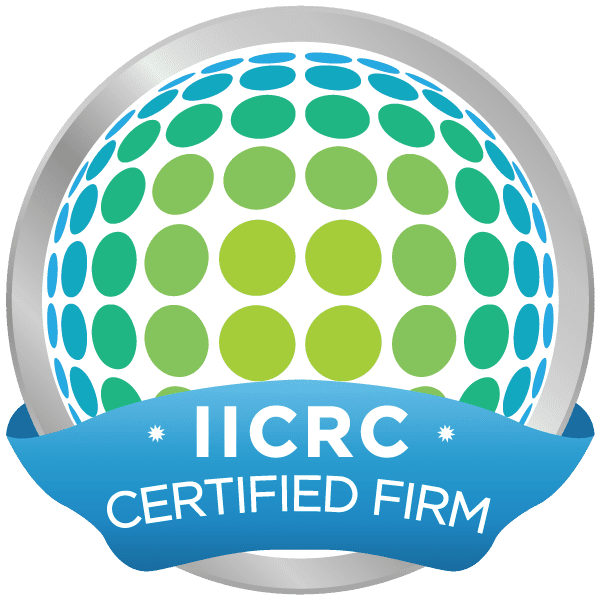Storm Damage Restoration:
Do's and Dont's
Storms can be a nightmare for many business owners. They can cause damage to almost everything around your facility from fallen trees, broken windows, flooding, and worse. Being prepared with the a plan of action for post-storm damage restoration can make a big difference in how to tackle filing insurance claims and keeping your business operations running smoothly.

Stay Calm - Don't panic
As a leader, to effectively help and support your employees during a crisis having these core traits can assist in a fluid transition:
- Ability to communicate effectively
- Ability to remain calm, stable, and focused even under high stress.
- Specialization and seasoned field experience to apply to new situations
Don'ts of Storm Damage Restoration
Don’t try and clean sewage water
If your property has suffered any water damage, whether it be from natural disasters outside or within the walls of your building, steer clear of any water that might contain grease, oil, urine, etc., they are ideal examples of black water. This water hoards bacteria, viruses, and other toxic allergens, that could potentially make it contagious. Direct or indirect exposure to black water increases the risk of getting an infection or illness by more than 90%. Black water must be treated with special care, and it is important to be knowledgeable about the different types of water damage and health risks involved.
Don’t use electrical appliances
If your property suffered any water or flood damage, avoid using any electrical items until you know that it is safe and cleared to do so. In fact, you shouldn’t even use a fan to speed up the drying process if the electrical source is compromised. In the meantime, generators can be used as an alternate power source.
Do's of Storm Damage Restoration
Do refer to your emergency response plan
This plan should include a list of key contacts such as emergency response partners, fire departments nearby, hospitals in your area, and insurance brokers. Within this plan, it is important to also include procedures for how to handle reporting an emergency, evacuation/exit routes, and a way to account for employees after evacuation. If you don’t have an emergency response plan, our team can help.
Do prepare your property
Make sure you…
- Are equipped with enough emergency supplies.
- Have at least one gallon of water per person per day for at least 3 days
- Have at least a three-day supply of non-perishable items
- Regularly trim trees and remove dead limbs
- Clear gutters and drains
- Protect critical documents and have them easily accessible
Make Sure You Have An Insurance Plan
If your property is damaged, take photos and videos as needed and make sure to capture any minor damage. When talking to an insurance agent, it can be helpful to understand your insurance policy in advance to avoid unnecessary negotiations. In most cases, business insurance covers even simple leaks due to thunderstorms. Be sure to review your policy for any exclusions.
If you have questions about disaster response plans, or would like an inspection of your facility, our team can help.
Learn more about Water Mitigation
You might also like...

Do’s and Don’ts of Storm Damage Restoration
Share on facebook Facebook Share on twitter Twitter Share on linkedin LinkedIn Share on pinterest Pinterest Storm Damage Restoration: Do’s and Dont’s Storms can be

What are the health risks of living with untreated smoke damage?
What are the health risks of living with untreated smoke damage? Smoke damage is not only unpleasant when it first occurs, but it can also

When do you need a remediation specialist?
When do you need a remediation specialist? If you have mold in your building and aren’t sure what to do about it, calling a mold





